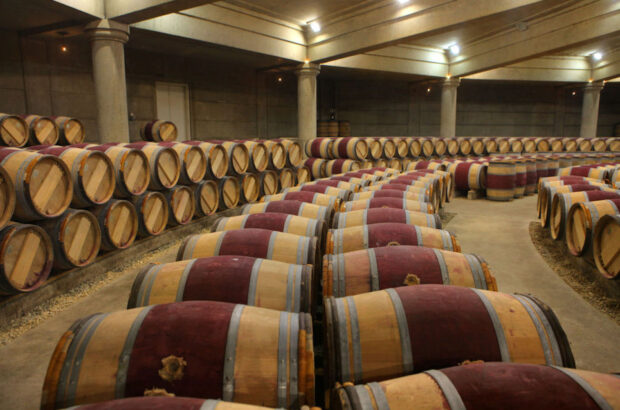drink now
Fairly broad early drinking wines
Weather Conditions
Rioja had a very cold temperatures in December 2001 and drought conditions during the latter part of 2001 affected the start of the growing season. With reduced water reserves, the vines were suffering at the time of budding and produced weak and uneven buds in the Tempranillo vines. Garnacha vines were the exception probably because this variety is more resistant to adverse conditions.
As the months progressed, frosts on 5 and 16 April affected a large part of the DO. The rains in late spring and early summer provided welcome relief and the health of the grapes was generally good. When the harvest began on 4 September, in Aldeanueva de Ebro and Alfaro the weather struck fair with yields similar to the previous year. Ripening was good, though uneven, but staggered picking helped to overcome this. Intermittent rainfall during the harvest provoked some outbreaks of botrytis but in general the grapes arrived dry and in good health at the bodegas. Low yields were recorded as the harvest progressed but in some towns, like Aldeanueva and Calahorra, yields reached similar figures to 2001. The last grapes were picked on 30 October.
Best Appellations
Rioja Baja







